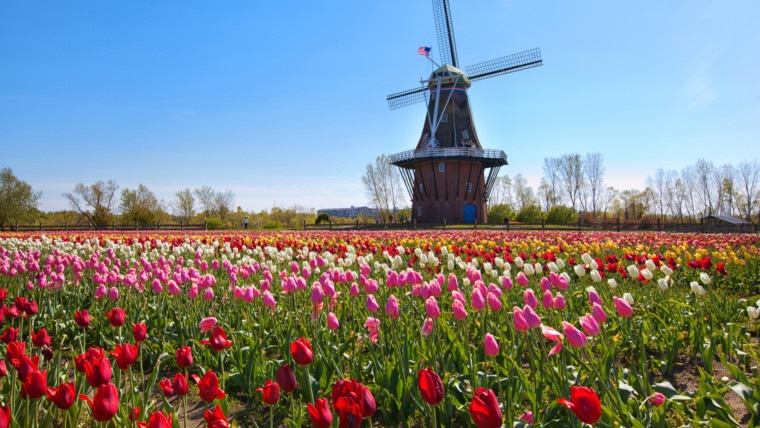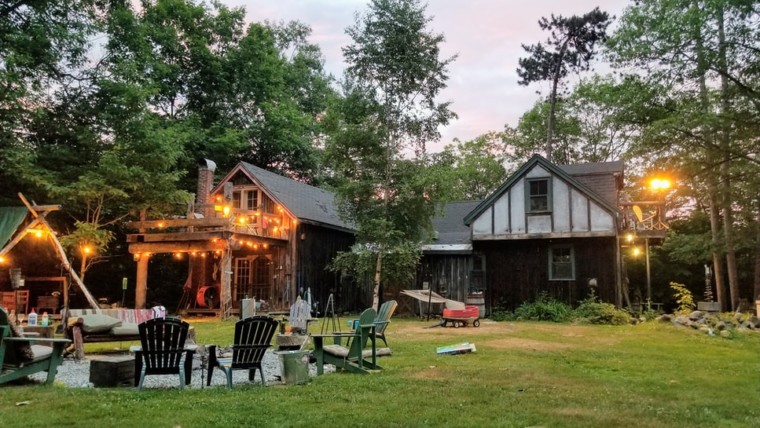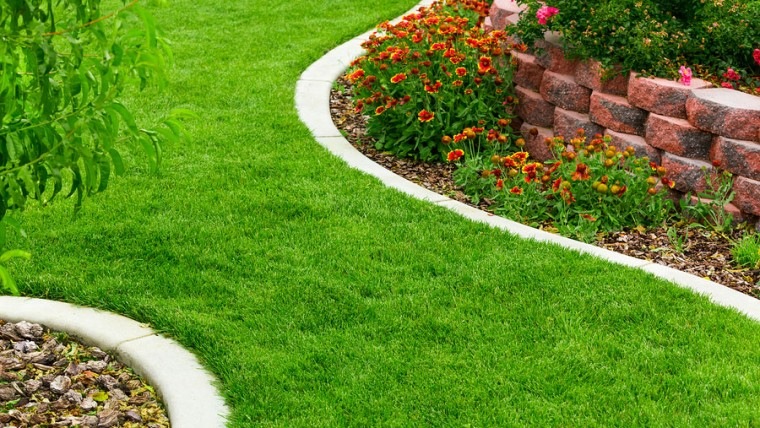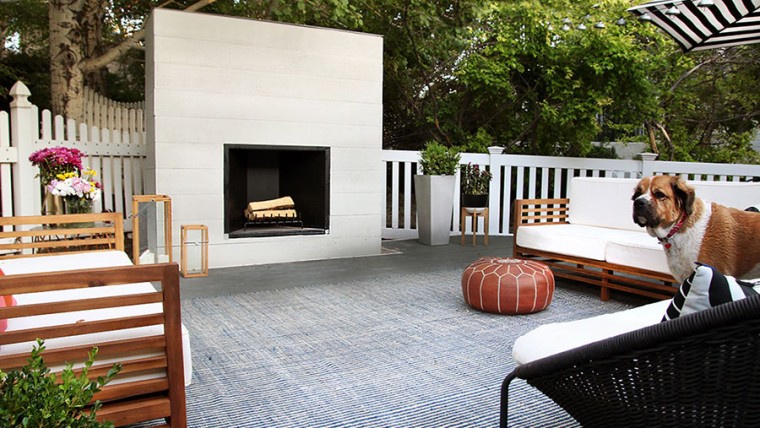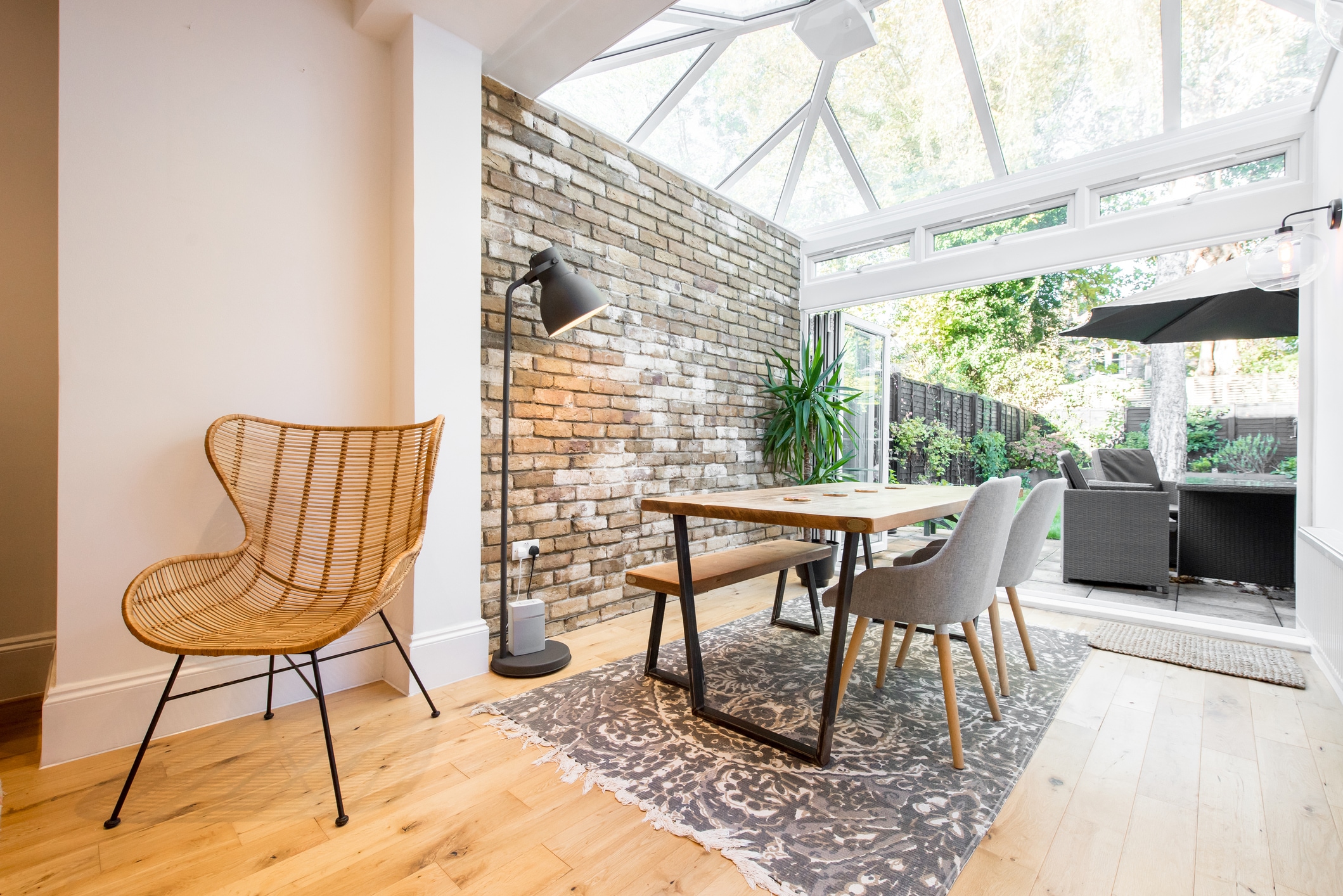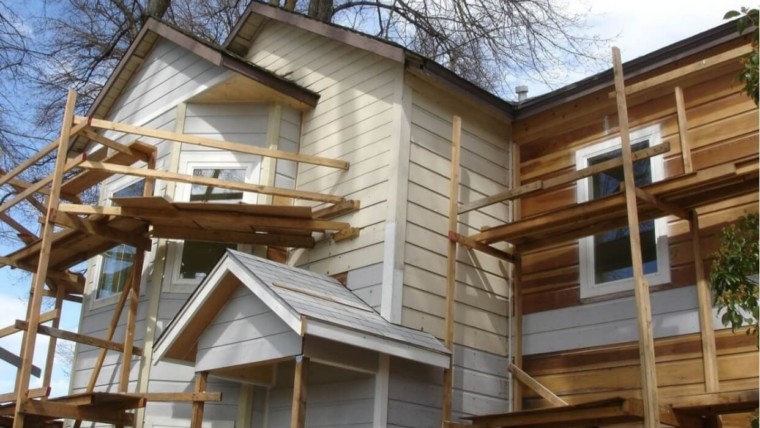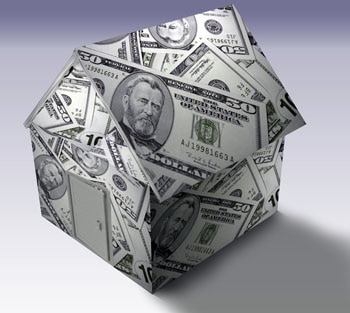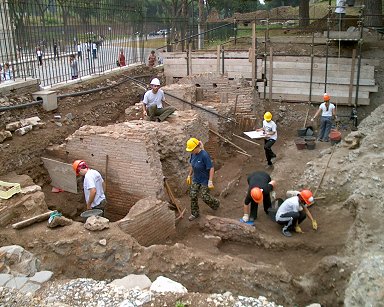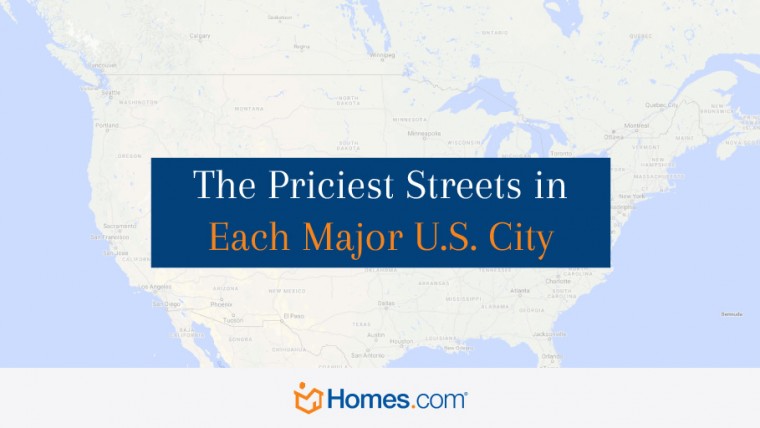Gardening for me is like cheap therapy! There is something about getting my hands in the dirt that makes me feel one with nature and it soothes my soul. Not only do I enjoy the process of gardening, but come harvest time, my family gets to eat the best tasting (and organic!) produce around. If you have never gardened before it can seem daunting. Here are some basic tips to get you started!

These are pictures from my garden. I usually plant 25-30 different fruits and veggies in my 20 foot by 85 foot garden.

I have heard the phrases “green thumb” and “black thumbs used before. But really people are not necessarily born with the gift to garden. What separates a successful gardener from an unsuccessful gardener most often is knowledge. Anyone can have a wonderfully productive garden if they research and plan correctly.
Every area is going to have different soil, different climates, different pests, etc. You need to do your homework and find out about your specific area. All that information will greatly affect your results. What works for me in Utah is not going to work for someone is Florida. Each state has what is called an extension office. It is a service provided by the National Institute of Food and Agriculture. You can also ask your local nursery. Most nurseries should have a good idea of what works for your area and how to grow it.
There are so many gardening websites available. Use the awesome resource of the ‘ole internet to search for answers from experts. You can also find a neighbor who has a successful garden and ask them if they would be willing to teach you how they do things.
As far as planning goes, you also need to decide what you want to plant. Take into account not only what grows best in your area, but also what your family likes. If you hate tomatoes, then don’t plant them.
Plan for how much space each plant requires so you don’t plant things too close together. Squash and cucumbers for example, can spread really far. It will make weeding and harvest time easier if there is enough room and the plants won’t have to compete for space and nutrients.

You hear this phrase all the time in real estate. It was the top priority when we were house hunting 7 years ago. And it is just as important when choosing a plot for your garden. Your garden needs to be in full sun. This means it needs to get at least 6 hours of sunlight a day. Your garden needs to be in a place that has good drainage. And it can’t be in a place that gets a lot of wind that could damage the plants. These are the three most important things to consider.

I also would like to add that for convenience, your garden should be close to your home and close to a water source. These are not necessarily needed, but since you need to water and check your garden regularly, it makes gardening more enjoyable.

If the area you plan to use has previously been used as a garden, you may be all set. Just mix in some organic matter and plant away. If not, here are some tips.
When we moved here there was a small garden plot. We wanted it significantly larger. So we rented a heavy duty rear tine tiller to break up the ground that was covered in grass and weeds. I then raked it and removed the weeds and large rocks. And then raked again.

Once you have just dirt, you will need to add fertilizer and/or organic matter such as compost. I prefer to use all organic material and organic fertilizer. But it is a personal choice and there are some very good fertilizers on the market. Make sure to follow the directions carefully as some fertilizers if applied in excess, can burn the seedlings and make your soil a harsh environment.
If you do not have good soils in your area you may consider creating garden boxes and buying good soils to fill them. I have lots of friends in different states and even here that chose to do this and have amazing results. If you have a garden you may want to look into creating a compost pile. Compost it the best thing in the world for a garden!

Do you want to start things from seed indoors or buy seedlings from a nursery? I do both. I also plant some seeds directly in the ground outside. Plants that need a long growing season I start indoors while it is still too cold outside. I buy tomato seedlings at the local nursery, and things like carrots I plant outside when it warms up.
Planting seeds saves a lot of money. But you also have to have a place to put them. If space in your home is tight, this may not be an option for you. If you buy seedlings from the nursery, buy early and buy small. If you buy the giant tomato plant that already has small tomatoes on it in the summer, you will pay a lot more than if you buy a tiny start in the spring. I plant long rows in my garden. To make sure they are straight, I measure and then use 2 sticks and some string. I stake one stick at the far end and the other at the front of the garden. I tie a string between the two. Then I have a guide for planting either seeds or seedlings.
If the seeds require a shallow planting (like carrots) I draw a line in the soil with a stick. Then I sprinkle the seeds in and cover them. If they need to be planted deeper ( like beans) I use the stick and poke holes in the ground. Some plants require a hill or mound of dirt (like squash). Those plants usually require a lot of space around them. Make sure and plant extra in case some don’t germinate. You can always go back and thin the rows or hills.
Some plants are annual (they only grow one year) like watermelon, peppers, tomatoes and some are perennial (they come back each year) like artichokes, strawberries, and oregano. Know which are which so you are not pulling up plants in the fall that may need to stay in the ground.
The seed packet or the label on the seedling should have all the information you need like planting depth, time of germination, and when to plant. I usually keep the seed packet in a folder so I can refer back to it if needed.


Weeds are nasty and relentless. It can be a pain to keep them under control but it is necessary. It is not just so your garden will look beautiful, but for the sake of your plants’ health. A weed competes for the nutrients in the soil. It can also wrap around a plant and strangle it. If they get big enough they will shade the plant, robbing it of the sunlight it needs. So if you are going to have a successful garden, you need to control the weeds.
You can weed by hand if the ground is not too hard. A hoe is a popular way to weed as well. I use both and I also till in between rows a few times through out the growing season. I try not to till too often because if there are weed seeds that have made their way into my garden it can churn them into the ground and aide them in their growing. When I plan my garden I plan for enough room for my small tiller to navigate through. In the past I have also added black plastic and ground cloth to my garden to prevent the weeds from growing. It did an alright job. The plastic seemed to work better than the cloth for me. In the end, because of the size of my garden, I opted to not do that any more. You can also use mulch or grass clippings to do the same thing. I have not tried that but I know of others who like that method. Pull the weeds before they go to seed. And be careful to not add perennial type weeds and weeds that have gone to seed, into your compost.
I hope that this will help you get started with your plans to start a garden or help you improve the garden you already have. Gardening can be so rewarding!





